 Weird Stuff
Weird Stuff  Weird Stuff
Weird Stuff  Our World
Our World 10 Ways Your Christmas Tree Is More Lit Than You Think
 Movies and TV
Movies and TV The 10 Coolest Stars to Set Sail on The Love Boat
 History
History 10 Things You Didn’t Know About the American National Anthem
 Technology
Technology Top 10 Everyday Tech Buzzwords That Hide a Darker Past
 Humans
Humans 10 Everyday Human Behaviors That Are Actually Survival Instincts
 Animals
Animals 10 Animals That Humiliated and Harmed Historical Leaders
 History
History 10 Most Influential Protests in Modern History
 Creepy
Creepy 10 More Representations of Death from Myth, Legend, and Folktale
 Technology
Technology 10 Scientific Breakthroughs of 2025 That’ll Change Everything
 Weird Stuff
Weird Stuff Ten Bizarre Facts About The Doge Meme
 Our World
Our World 10 Ways Your Christmas Tree Is More Lit Than You Think
 Movies and TV
Movies and TV The 10 Coolest Stars to Set Sail on The Love Boat
Who's Behind Listverse?

Jamie Frater
Head Editor
Jamie founded Listverse due to an insatiable desire to share fascinating, obscure, and bizarre facts. He has been a guest speaker on numerous national radio and television stations and is a five time published author.
More About Us History
History 10 Things You Didn’t Know About the American National Anthem
 Technology
Technology Top 10 Everyday Tech Buzzwords That Hide a Darker Past
 Humans
Humans 10 Everyday Human Behaviors That Are Actually Survival Instincts
 Animals
Animals 10 Animals That Humiliated and Harmed Historical Leaders
 History
History 10 Most Influential Protests in Modern History
 Creepy
Creepy 10 More Representations of Death from Myth, Legend, and Folktale
 Technology
Technology 10 Scientific Breakthroughs of 2025 That’ll Change Everything
10 Popular Athletes Who Went Missing
In almost every country, popular athletes are held in high regard, and their physical achievements are greatly celebrated. Often times, professional athletes are unfairly stereotyped as infallible and impervious to fear or danger. Thus, when an athlete disappears, it makes the situation all the more intriguing.
10 Lorenzen Wright
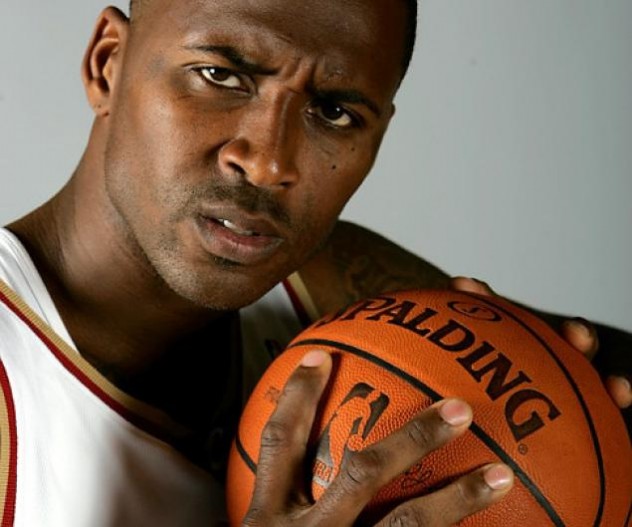
After a successful college career at the University of Memphis, Lorenzen Wright was drafted seventh overall in the 1996 NBA Draft. Averaging nearly eight points and six rebounds per game over a 13-year career, Wright was a steady player who could be counted on for his consistency and work ethic. However, on July 18, 2010, Wright was seen alive for the last time. After leaving his ex-wife’s house with an unidentified man and the promise to “flip” something for $110,000, Wright wasn’t heard from for four days, forcing his family to file a missing persons report on July 22.
Then, 10 days after his family and friends last saw him, Wright’s decomposing body was found in a secluded, wooded area beside bullet casings from two different guns, suggesting two different shooters murdered him. Oddly, he was still wearing his expensive jewelry, suggesting that the motive wasn’t robbery. Adding to the mystery of Wright’s disappearance is a peculiar 9-1-1 call that was received in the early morning hours of July 19, originating from an area not far from where Wright’s body was discovered. The dispatcher claimed to hear a person whisper “Help,” then a curse word, followed by about 10 gunshots, or in her words, “fireworks.” The operator told her supervisor about the strange call eight days later, which led to the body being found. She claimed she tried to call the number back, but no one picked up. To this day, the motive behind Lorenzen Wright’s death remains a mystery.
9 Jim Robinson
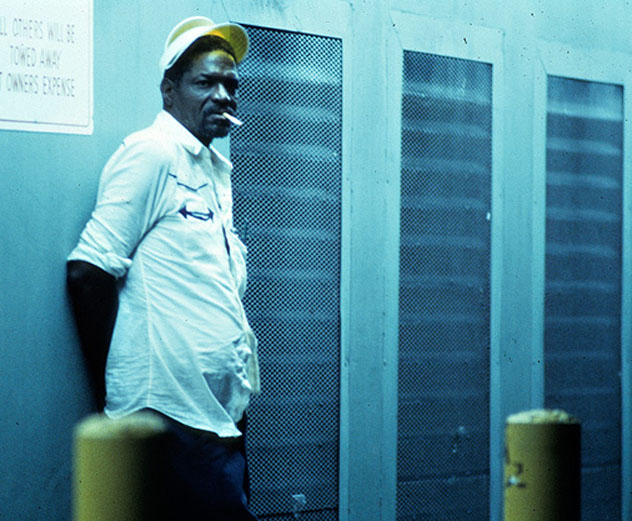
While he was never considered an outstanding athlete, Jim “Sweet Jimmy” Robinson was well known for being one of Muhammad Ali’s first professional opponents. In February 1961, Robinson showed up to the ring with his equipment in an old Army bag—he was a last-minute replacement for the man who was originally scheduled to fight Ali. Ninety seconds into the first round, Robinson fell victim to one of Ali’s thunderous blows, losing in a knockout. While Ali would continue to climb the ranks from that point, Robinson’s career took a different turn.
Robinson’s fate wasn’t even considered until 2003, when autograph collector Stephen Singer had reached a dead end in his quest to gather the autographs of all 50 of Muhammad Ali’s opponents. The only one he was missing was that of Sweet Jimmy Robinson. Enlisting the help of other reporters and journalists, Singer spent six years unsuccessfully searching for Robinson. When past acquaintances were asked where he might be, they hypothesized different possibilities: homelessness, travel, or death. Many people remembered seeing Sweet Jimmy, but no one remembered the last time they saw him. To this day, no one knows where the man who fought Muhammad Ali went.
8 Barret Robbins
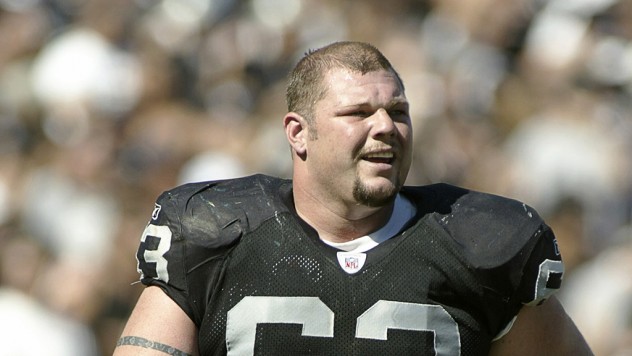
Taken in the second round of the 1995 NFL Draft, Barret Robbins gradually established himself as one of football’s best centers, garnering a Pro Bowl nomination in 2002. Robbins was considered a cornerstone of the Oakland Raiders’ offensive line, his nasty edge leading the Raiders to Super Bowl XXXVII against the Tampa Bay Buccaneers. Then, on the day before the championship game, Robbins failed to report to a mandatory team meeting. For the rest of the day, coaches and players were left to wonder where their star center had gone. Sadly, Robbins had spent a lifetime dealing with undiagnosed bipolar disorder. Later in the day, Robbins re-emerged, incoherent and plastered in dirty clothes after partying in Mexico. Because of this outburst and out of concern for his safety, coaches left Robbins off of the Super Bowl roster. The Raiders wound up losing the game in embarrassing fashion, 48-21. The next year, Robbins regained his starting position, but was unfortunately arrested a few months into the season on attempted murder charges.
7 Cameroon Olympic Athletes
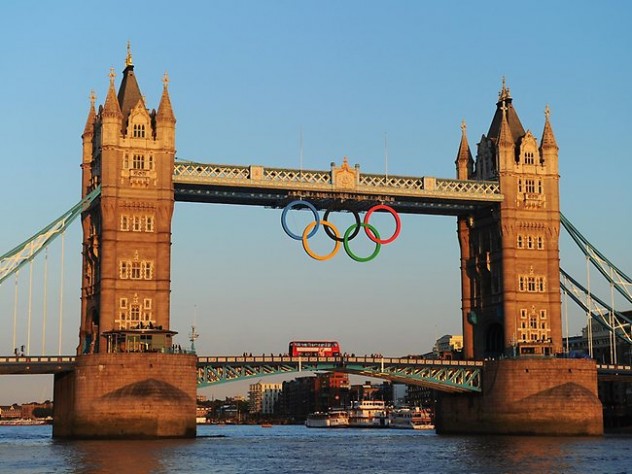
Though this entry doesn’t technically qualify as an individual athlete gone missing, it does warrant consideration due to the massive media attention it received. During the 2012 Olympic Games in London, seven Cameroon athletes—five boxers, a swimmer, and a soccer player—disappeared from the Olympic Village after losing their respective bouts. Interestingly enough, foul play wasn’t initially suspected, as it was assumed that the athletes had taken the same path that other international athletes had traveled before: fleeing in search of political asylum.
This wasn’t the first time Cameroonians had attempted to flee their West African country in hopes of better economic and training conditions. In fact, one of the boxers who fled had also run away during the 2008 Beijing games, only to reappear at home a short time later. Although the five boxers eventually showed their faces in an English boxing gym, eager to continuing their training, the swimmer and soccer player have yet to be discovered. They are presumed to be hiding somewhere in Europe, training in secret, their visas having long expired.
6 Wilson Ramos

In 2011, Wilson Ramos was chosen by Baseball America as the best Major League Baseball catcher on their all-rookie team. Originally from Venezuela, Ramos was a rising star in the game, recognized as a team leader and excellent defender. However, on November 9, 2011, the good times temporarily came to a halt. While standing in the front yard of his home in Venezuela with his father and two brothers, four armed men leaped from an SUV and kidnapped Ramos, blindfolding him and driving for nearly five hours. The kidnappers stashed Ramos in a rural home near the mountains, planning to use him for ransom. During his two-day captivity, the sporting world knew little of Ramos’s whereabouts and speculated the worst. Fortunately, a massive manhunt, aided by the intense interest of Hugo Chavez, led to a shootout and the successful recovery of Ramos. Ramos’s ordeal led the global media to temporarily spotlight the growing trend of kidnapping for ransom in Venezuela and other South American countries.
5 Bison Dele
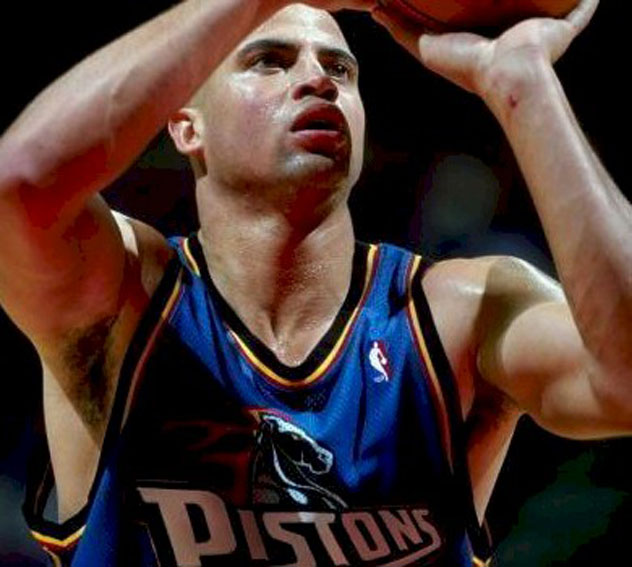
Drafted in the first round of the 1991 NBA Draft by the Orlando Magic, Bison Dele (born Brian Williams) was a man who was projected to do big things. In 1998, following a career year with the Detroit Pistons where he averaged over 16 points a game, Williams changed his name to Bison Dele to honor his African and Native American ancestry. While most athletes hit their prime at age 30, Dele shockingly chose to retire early, walking away from a cool $36 million. During his retirement, Dele decided to sail with his girlfriend, friend, and brother to Hawaii on a vessel ironically named the Hakuna Matata. While out on the water, after keeping frequent contact with family and friends, Dele suddenly went silent for many weeks, leading his family to fear the worst.
There were no leads until months later. Oddly enough, a police sting had found that Dele’s brother, Miles Dabord, was planning on buying $152,000 worth of gold using his brother’s money and passport. Upon his arrest, Dabord claimed to only be buying the gold to pay off his brother’s kidnappers. Shortly after being released, Dabord’s body was found on a Mexican beach, dead from an overdose. Experts now believe that Dabord, a man who had always been jealous of his brother’s achievements, killed the other three passengers of the Hakuna Matata and tossed their bodies overboard while out at sea.
4 Sergei Kobozev
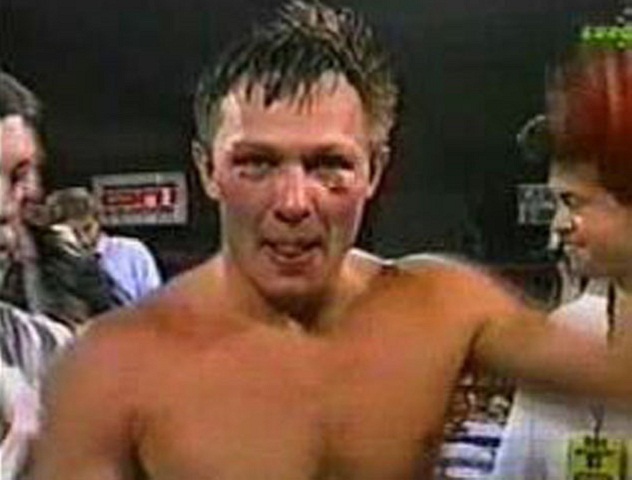
Sergei Kobozev began his career in the Russian Army, trained as a chemical engineer. He also happened to be a pretty good boxer, establishing a career record of 22-1, while also representing the Soviet national boxing team at the 1988 Seoul Olympics. Considered ready to turn the corner toward becoming a boxing superstar, Kobozev made it to the WBC Cruiserweight title in 1995. This bout would mark Kobozev’s one and only defeat. Two weeks after the loss, Kobozev mysteriously vanished, leaving no clues or possible motives. Had the defeat affected him more than the general public realized?
The answer would not come until almost 14 years later when the FBI found bones in the backyard of the Russian Mafia’s No. 2 man, Alexander Spitchenko. The tragic story of Kobozev’s last days then unfolded. In the short time after his championship loss, Kobozev, who worked part-time as a bouncer at a popular restaurant, had tossed a man from the restaurant who had been picking a fight with the stage musician. Unfortunately for Kobozev, this man happened to be Alexander Nosov, a Russian mobster. A few days later, Nosov ran into Kobozev at a car repair shop, shot him, then drove him to Spitchenko’s house where his neck was broken and he was buried in a shallow grave.
3 Duncan MacPherson

Duncan MacPherson, a Canadian ice hockey player, showed flashes of brilliance growing up on the rink. Playfully nicknamed “MacFearsome” by his teammates due to his no-holds-barred attitude and playing style, MacPherson went on to be drafted by the New York Islanders in the 1984 NHL Draft. Although there was plenty of promise in his game, a rash of injuries kept him from lacing up his skates and playing to his full potential. After being released by the Islanders, MacPherson continued to play hockey in the lower circuit. In the summer of 1989, things looked up for MacPherson. He was offered a position as a player-coach for an ice hockey team in Scotland. Before flying to Scotland, MacPherson planned to touch down in Austria for a quick ski trip—a nice reward for staging a small comeback.
A few days later, when MacPherson failed to show up for his flight to Scotland, his family and new employers immediately conducted a search in Austria. The last person to have spoken to MacPherson was a ski lift employee who claimed that MacPherson chatted with him before heading back up the mountain, presumably to take one more trip down the slope before dusk. Adding to the mystery were reports from friends that MacPherson had been acting strange lately, claiming that the CIA had been recruiting him to be a spy. Despite rescuers’ best efforts, MacPherson would remain missing until 12 years later, when his mangled body was discovered frozen in ice.
Theories suggest that MacPherson had broken his leg while skiing and eventually lost consciousness in the frigid temperatures. At some point, a tiller, which grooms the snow, ran over his body, killing him. Some doctors suggest that MacPherson was actually conscious upon impact, claiming his arms were found in a defensive position.
2 Keith Murdoch
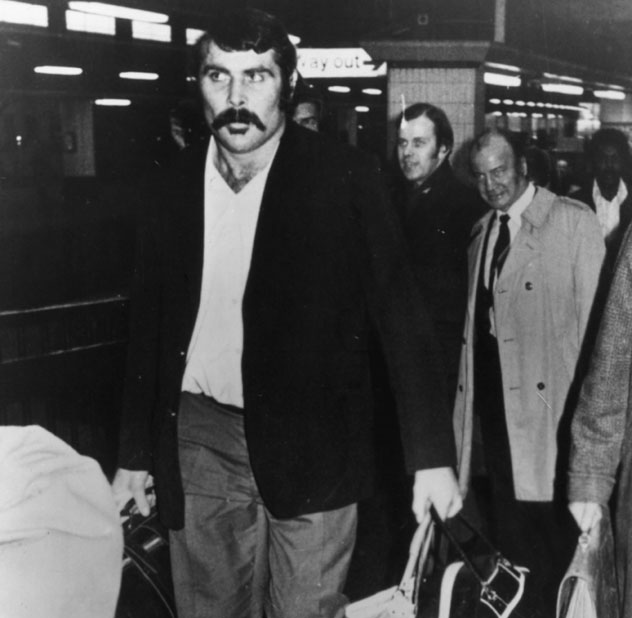
Keith Murdoch was a popular player for New Zealand’s All Blacks rugby team. He was known for his thick shoulders, handlebar moustache, and for scoring the All Blacks’ only try against Wales in a 1972 win. Fresh from the big win against Wales, Murdoch and a few teammates went to the Angel Hotel, a popular drinking establishment for rugby players. Much to the athletes’ dismay, the place was closed for the evening, and due to a combination of anger and drunkenness, Murdoch punched one of the Angel Hotel’s security guards in the head. When word of the previous night’s violent behavior reached the All Blacks coaching staff, Murdoch was disgracefully sent home, creating a media firestorm. The last time the majority of the world would see Murdoch was after he exited the plane and walked quietly past reporters with his head down. And thus began the off-and-on disappearance of one of New Zealand’s finest rugby players.
Since his dismissal from Wales, Murdoch spent the better part of 40 years living as a recluse, moving from town to town, hiding from family, friends, and journalists who were curious to hear his story. Most speculated it was shame that forced him into self-exile. Since the “punch heard around the world,” there have only been two notable appearances from Murdoch.
One occurred about four years after the event in Wales, when an investigative reporter covertly tracked him down. When the reporter tried to approach him, Murdoch raised a large wrench and “suggested” that it might be better for the reporter to turn around and get back on the road. The second appearance was more recent, involving Murdoch being called to testify after a 20-year-old man broke into his house and disappeared the next day. The boy’s body was found weeks later in an abandoned mine. Murdoch was never charged.
1 Cullen Finnerty
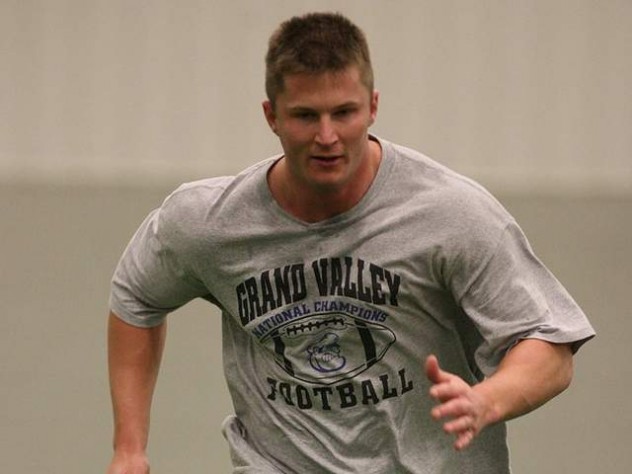
The winningest quarterback in NCAA football history with a collegiate record of 51-4, Cullen Finnerty led Grand Valley State University to the NCAA Division II championship in 2003, 2005, and 2006. Though he went undrafted due to concerns about his limited experience against top-notch competition, Finnerty bounced between a few NFL teams, most notably the Baltimore Ravens and the Denver Broncos, before eventually being released and left to play in the Austrian and Canadian football leagues. On Memorial Day Weekend, after complaining of insomnia and severe headaches, Finnerty left his wife and two children at home and traveled to Michigan on a fishing trip.
At some point during his trip, Finnerty called his wife and brother-in-law from his cell phone. They both claim that Finnerty sounded panicky and agitated, telling them that two men on the river were following him and wanted to harm him. Fearing for his safety, his family went to the remote Michigan wilderness, hoping to find him alive and well. For two days, no trace of him was found.
But then his body turned up in an open clearing beside a road, with no cuts or bruises suggesting foul play. Toxicology reports also came back negative, leaving the world to wonder how the one-time college superstar died. Some question whether repeated blows to his head, part of the game he loved so dearly, contributed to his demise. To this day, his cause of death is still unknown.
A. Greazy lives in Nashville, Tennessee. He enjoys writing, reading, and licking nacho cheese from his fingers. You can contact him here.








